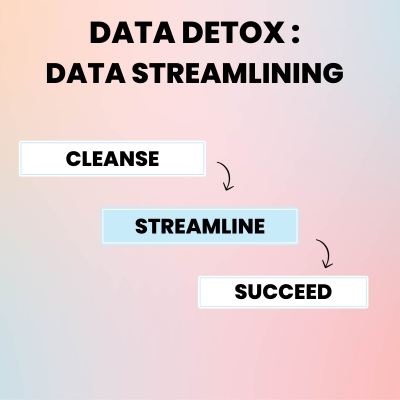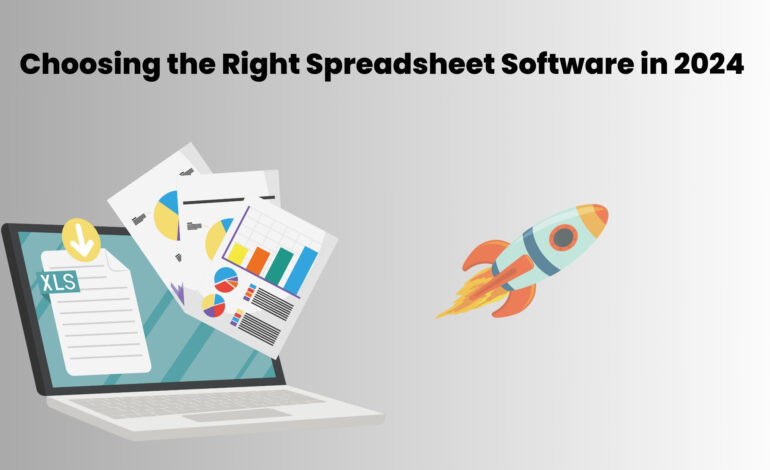Unlock Business Value: The Data Streamlining Transformation

Data streamlining essentially refers to the process of optimizing and simplifying how your organization collects, stores, manages, and utilizes data. It’s about removing inefficiencies, redundancies, and complexities to extract maximum value from your data with minimal effort and cost.

Here are key steps to streamline your data management:
1. Assess Your Current Data Landscape:
- Understand your data: Identify the types of data you collect, where it’s stored, how it’s used, and who has access to it.
- Evaluate data quality: Assess the accuracy, completeness, consistency, and timeliness of your data.
- Identify problem areas: Determine where inefficiencies, redundancies, or challenges exist in your current processes.
2. Develop a Data Management Strategy:
- Define goals and objectives: Outline what you want to achieve with streamlined data management.
- Establish data governance: Create policies and procedures for data collection, storage, access, use, and security.
- Choose the right tools: Select technologies that align with your needs and budget, such as data lakes, data warehouses, or business intelligence platforms.
3. Implement Centralized Data Storage:
- Consolidate data: Bring together data from disparate sources into a single, unified repository.
- Choose a storage solution: Consider cloud-based data lakes or on-premise data warehouses based on your data volume, security requirements, and access needs.
4. Automate Data Processes:
- Streamline data ingestion: Automate the collection and loading of data from various sources into your storage system.
- Implement data cleaning and validation: Utilize tools to automatically identify and correct errors, inconsistencies, and duplicates in your data.
- Schedule data backups and archiving: Set up automated processes to protect your data and ensure its availability.
- Understanding RPA – Robotic Process Automation to streamline data management.
5. Improve Data Quality:
- Implement data quality checks: Establish processes to regularly assess and improve data accuracy, completeness, consistency, and timeliness.
- Standardize data formats: Ensure consistency in how data is structured and represented.
- Enforce data validation rules: Prevent errors and maintain data integrity.
6. Enhance Data Accessibility and Usability:
- Create self-service data access: Enable users to easily find and retrieve the data they need without relying on IT intervention.
- Implement data visualization tools: Create dashboards and reports to make data insights more accessible and understandable.
- Provide training and support: Educate users on how to work with data effectively.
7. Prioritize Data Security and Compliance:
- Implement access controls: Restrict data access to authorized users and implement appropriate authentication and authorization measures.
- Encrypt sensitive data: Protect confidential information from unauthorized access.
- Adhere to data privacy regulations: Comply with applicable laws and regulations, such as GDPR and CCPA.
8. Foster a Data-Driven Culture:
- Promote data literacy: Encourage employees to understand and use data in their decision-making processes.
- Embrace experimentation and innovation: Foster a culture that encourages data-driven experimentation and innovation.
- Measure and track results: Evaluate the impact of your data management efforts on business performance.
Dig deeper : Choosing the right spreadsheet software in 2024
Remember, streamlining data management is an ongoing process. Regularly evaluate your strategy and make adjustments as needed to ensure your data is always working for you.








